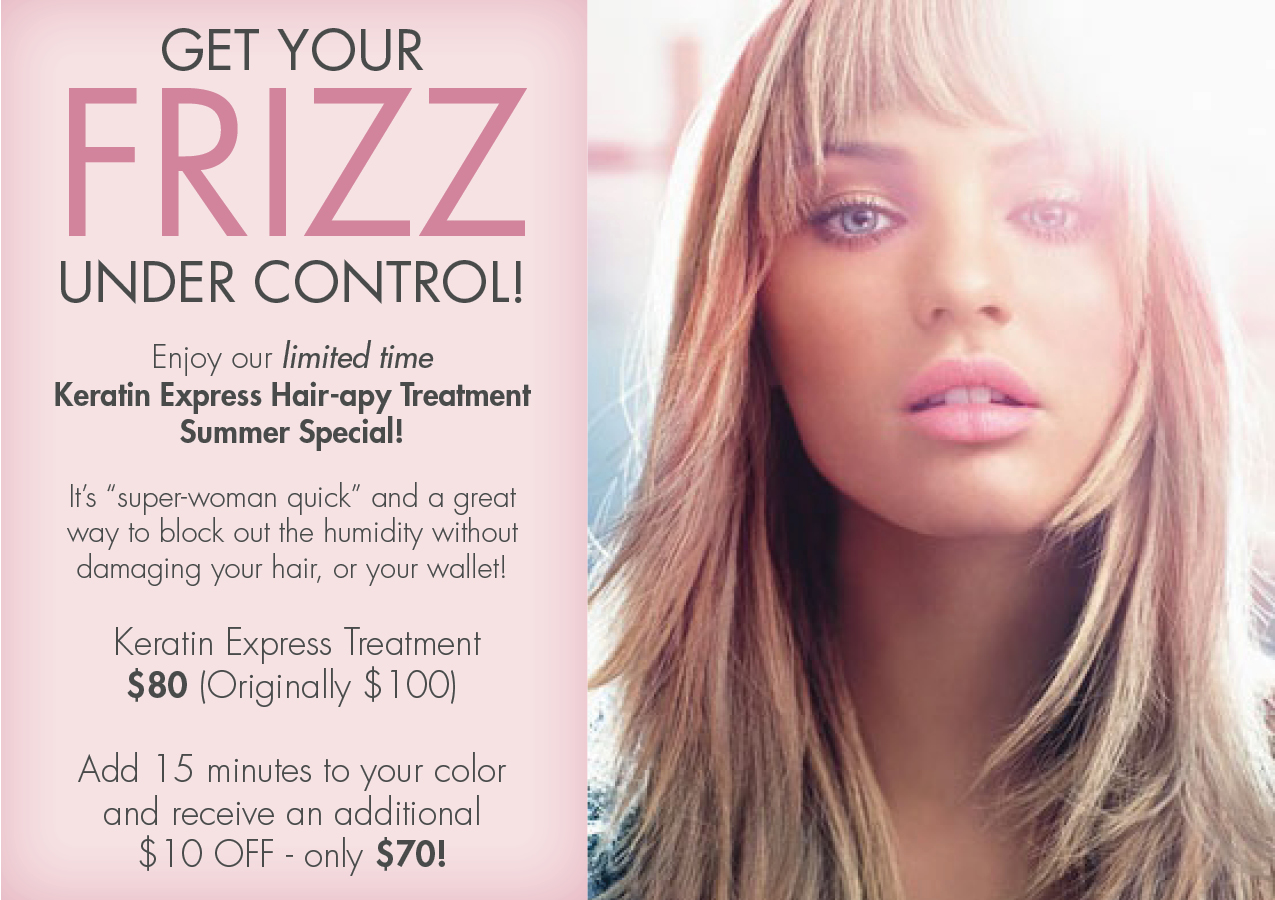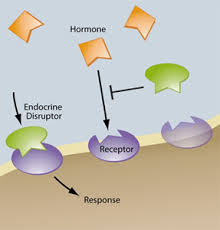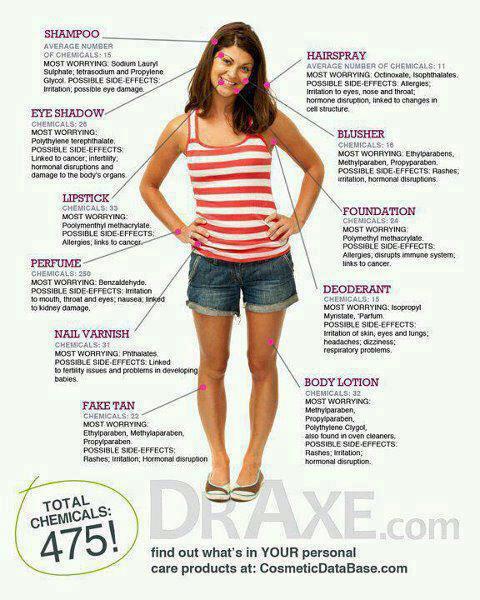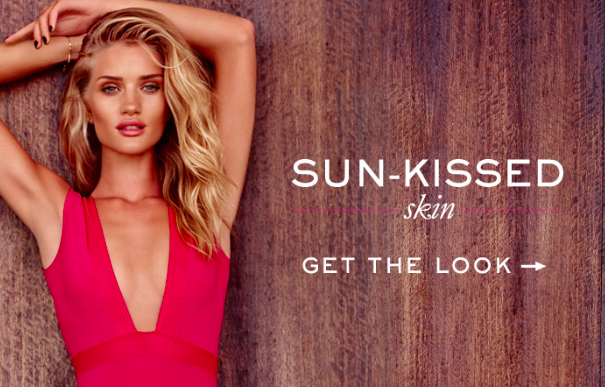Get a Healthy Glow (minus) the Damaging Effects of UV Rays
Get a healthy glow and be pro-active youthful skin - all without the damaging effects of UV rays.
It’s hard to resist the season's bright call of a sun-kissed summer glow. But it’s also hard to achieve it, well, without the sun.
Our hottest item is our Honey-Dip Natural Tanner in which makes it possible and easy to bronze year-round. Here are some of my own personal tips for application of our Honey-DIp Anti-aging Sunless dream cream.
A true glow-getter, Honey-Dip offers both the perfect sun-kissed glow and anti-aging benefits in one convenient bottle. Delivering intense hydration and nutrient support for youthful and clear skin, this healthy alternative to typical self-tanners is chemical free and infused with organic ingredients, pure botanicals and naturally derived DHA for a decadently radiant complexion.
Easy Sunless tanning tips
The market is flooded with great sunless tanning products. Their benefits are plenty: no sunburns, no sun damage, and no premature aging!
 First off, Exfoliate
First off, Exfoliate
For the best results, it's important to first prepare your skin before applying your tanning product. A quality sugar scrub to exfoliate with will go a long way. Once a week is a good add-in to your routine, whether you are tanning or not.
 The right formula and tone
The right formula and tone
Sunless tanning products come in a many different varieties as well as skin color shades. Our age-defying lotion dries and develops with a great natural tone that never turns "orange."
Secret Ingredient: 10% DHA (Dihydroxyacetone): Because our DHA is naturally derived from beet sugar, it has none of the carcinogenic or toxic effects associated with synthetic DHA. Plus, the generous 10% dosage means you get the same gorgeous, flawless tan whether you mix Honey-Dip with your favorite moisturizer or apply on its own.
 Smear with no fear
Smear with no fear
The best way to apply the cream is to put a small amount on your palm and work from the feet up. Shift from the left to the right side as you are working your way up. The back can be tricky if your hands are not super extended; the easiest solution is to ask someone for help. YES, you can use our formula on the face!
Try to go easy on the elbows and knees. You won't want to reapply the self-tanner here as much; the skin is thicker on these areas and the tan might end up looking a lot darker than the rest of your body. Remember to wash your hands!
 Take your time drying
Take your time drying
Nowadays, most self-tanning products don't leave any stains on your clothes, but you may not want to take the chance.
Our lotion is NOT known to leave stains. Still, give it at least a few minutes before putting your clothes on to make sure the cream has dried properly. I prefer to put mine on in the morning after I shower and exfoliate.
 Make your color last
Make your color last
Of course this varies from product to product, but normally a sunless tan should last for at least 3-4 days. For the best and longest-lasting results, a good idea is to reapply every other or third day.
Remember, most sunless tanning creams do not contain sun protection. So if you are heading out into the sun, make sure to use some sunscreen too.
Learn more about our beloved Age-defying Honey-Dip Sunless Tanner!
- Gradually builds a healthy, gorgeous glow
- Formulated with nourishing ingredients that reverse signs of aging and reduce inflammation
- Infused with organic vitamins, botanicals and antioxidants that cultivate youthful skin
- Light consistency absorbs quickly with no streaking, staining or unpleasant orange effect
- Lovely, fresh coconut aroma
Top Fall Hair Trend Predictions
Are you in the market for a bit of new ‘do' inspiration? Perhaps you’re sick and tired of your same color, same length locks and are keen to try something a little different? Well, you’re in luck.
Whether you are itching for change this summer or are looking for ideas for your next color and cut 6+ weeks out - here is a dose of inspiration that will make you want to change your look!
Bronze Me
Much credit to Kate Hudson and her bronzing hair! It's so inviting, and is now the "colour de jour" for the coming season. Soft-bronzed hair is paired with lighter golden highlights that are painted on to create a soft and natural look. Perfect for fall, bronze tones suit paler skin types with the shade suiting naturally medium to dark blondes best.
Blondes - Not Forgotten
Our blondes (myself included) aren't going anywhere this fall/winter. The look for the season is clean, crisp and super light. One caution here is that you need to make sure you get touched up every 6-8 weeks to maintain a clean look. No trailers here!
A-line - it's BACK!
Really - it's back in! "Or did it ever leave?" Ok - it's seriously back on the scene. A classy A-line shape for hair is forever fashionable and is easy to style. This is a great look for fashionista's that are after a powerful yet slimming hair transformation.
A Season's Blow Out
We love va - va - voluminous and romantic waves. This is a easy look you can achieve on your no-wash - second day style. Pop a few curls in with some Kasia Sea Salt Spray and be on your way! The beauty in this style is the fullness and bounce and it is perfect for most face shapes. Loose curls are a great style platform for winter, as this will draw maximum attention to the face.
Which trend do you think you'd be most likely to try? Contact our team of professionals to transition you into inspired trends! Schedule@kasiaorganicsalon.com
Elevated Cortisol's Destructive Effects on your Health and Beauty (tips inside)
Make no mistake — cortisol is a lifesaving hormone. When you are under stress it comes to your rescue, mobilizing carbohydrates and fat for instant energy. It also keeps our blood sugar steady while we’re sleeping and helps us wake up in the morning.
Cortisol runs unnaturally high as a result of our stress-filled lives, and that causes all kinds of symptoms and long-term health problems down the road. High cortisol levels can be deceiving — they allow you to be ultra productive, but at the same time they rob you of much needed sleep and keep you feeling wired too much of the time.
Sustained high cortisol levels have been associated with Alzheimer’s disease, heart disease, insulin resistance, obesity and type 2 diabetes. We can now say very clearly: normalizing cortisol levels is crucial to lifelong health.
Cortisol’s natural rhythm gone wrong!
Cortisol has a natural rhythm that is tightly connected to your daily cycle, which is called your circadian rhythm. Cortisol is usually lowest between midnight and 4:00 AM and then gradually increases until around 8:00 AM, in time for you to wake up and start the day. After 8:00 AM, cortisol declines incrementally throughout the day to gradually prepare you for sleep. This daily rhythm is the norm unless you encounter a stressful event. Your body should increase cortisol and adrenaline temporarily to handle the stressful event and then return to normal.
That’s the way it’s supposed to work. Yet when we live in a constant high-alert state, our cortisol levels remain unnaturally high and can cause all kinds of health problems, including:
-
Impaired healing and cell regeneration
-
Disrupted digestion, mental function and metabolism
-
Weakened ability to fight infection
-
Imbalances in other important hormones such as DHEA, estrogen, progesterone, and testosterone
-
Loss of muscle and bone
-
Mood swings and depression
-
Hair and skin problems
-
Thyroid imbalances
-
Low sex drive
-
Sleeplessness
-
Weight gain (especially around the belly)
How to know if your cortisol is too high
Unfortunately standard tests of adrenal function aren’t very helpful. If your primary care practitioner calls for a typical laboratory cortisol test, it will be difficult to see anything more than the most severe cases of adrenal dysfunction, such as Addison’s disease or Cushing’s syndrome. We recommend finding a practitioner who is willing to do salivary cortisol testing, which measures cortisol levels and a hormone called DHEA (dehydroepiandrosterone) throughout the day. This kind of test provides a more accurate assessment of cortisol levels and whether they have become imbalanced. We typically suggest testing between 6:00 and 8:00 AM (within an hour of waking), between 11:00 and Noon, between 4:00 and 6:00 PM, and then again between 10:00 PM and Midnight. This should give you a good overview of how your cortisol levels vary throughout the day.
But a lab test isn’t necessary to determine if you have adrenal fatigue or high cortisol. You can simply check in with how you feel. If your energy level is very low in the morning but seems to increase right around the time everyone else is getting ready for bed, your cortisol cycle is probably out of whack. It’s a good indication that you will reap huge benefits by taking steps to rebalance your adrenal glands.
You can’t restore healthy adrenal function without balancing cortisol
Cortisol levels that remain high often lead to a downward health spiral, where you go from feeling wired to feeling tired and wired, and then ultimately to feeling exhausted. This final stage of adrenal imbalance is known as adrenal exhaustion. Restoring your cortisol to its natural levels is the only way to regain adrenal health.
Women are multi-tasking super-beings, therefore I believe that we must always be in pursuit of balance in order to help normalize their cortisol levels naturally. Doing so will eliminate symptoms, increase energy (without feeling “wired”) and encourage better sleep. You can balance cortisol in several ways, including taking adrenal-supportive herbs and nutrients, and making dietary changes and lifestyle modifications to calm the stress response.
Food and lifestyle choices matter too for adrenal health
Most women with stress issues simply don’t have the energy to face multiple changes to their diet and lifestyle all at once. That’s another reason why starting with the supplements is a good idea.
If your symptoms are severe, making a few key diet, lifestyle changes, and adding supplements will help heal your adrenals.
Supplement Support
Get incredible support through pure herbs in PRL's ADAPTOGEN to be the most effective in resolving adrenal imbalance:
Premier Research Labs Adaptogen-R3
-
Maximum performance
-
Increased energy
-
Endurance
-
Enhanced oxygen & nutrient uptake
-
Enhanced fat loss when used with a balanced diet

-
Supports healthy adrenal function
-
Optimal neurotransmitter
-
Improved Memory & Mental function
-
Broad spectrum endocrine rejuvenator, especially the pituitary-adrenal axis
Premier Adaptogen-R3 is not a “jolt product,” loaded with stimulants that rev up weak adrenals such as high dose guarana or ephedra. Instead, its unique, adaptogenic botanicals are synergistically combined to focus on nourishing the glands and organs, including the adrenals, as well as creating maximal oxygen and nutrient transport to the muscles and connective tissue to ensure optimal support, detoxification and immune function. Higher levels of energy and strength can be yours. It can produce profound improvements across the full spectrum of fitness: from the competition athlete looking for better running times – to the couch potato who wants to get rid of the flab.
Contact Kassandra@KasiaOrganicSalon.com for adaptogen support.
Here's our four-step diet and lifestyle checklist, plus examples of the changes that are easiest to make:
1. Eat for energy. Focus on eating choices and patterns that allow you to achieve more stable energy levels throughout the day. Don’t skip meals or starve yourself — that’s too stressful for your adrenals. We recommend eating at regular times — ideally three balanced meals and two snacks a day. Start making changes to your diet by including protein at every meal and fewer carbohydrates, especially sugary snacks.
2. Focus on stress reduction and make emotional wellness a priority. One simple change is to practice regular deep breathing. Practice breathing in through your nose so that your lungs fill and your belly rises and then exhale slowly through your nose. Repeat for a few breaths, ideally for several minutes. As you move forward, try to find other ways for “self-care,” especially by identifying and focusing on meeting your own needs. You’ll find this will help change your attitude towards stress, which research shows, can actually lessen the negative effects of stress!
3. Assess your exercise routine: “chill out” vs “work out.” When your adrenals are imbalanced, high-intensity exercise only adds to the stress load you’re already bearing. We recommend that you choose an activity you enjoy, and be sure to pace yourself. If you feel invigorated after your exercise, it’s probably fine.
4. Make it a priority to get 7 to 8 hours of sleep every night. If possible, go to bed by 10:00 PM. Sounds incredible, doesn’t it? But you need the rest to break your patterns. A good night’s sleep is one of the best ways to restore your adrenal glands, and the greatest adrenal healing occurs hours between 7:00 PM and 9:00 AM. If you describe yourself as “wired” or “tired and wired,” try a physiotherapy (Adaptogen RX with PRL) option to reduce cortisol levels that cause stress-induced sleeplessness.
Resources: Womentowomen.com and Premier Research Labs
7 Hair Loss Myths
If it's one thing our team knows, understands, and stands in empathy for - it would be hair loss. Hair loss can be very complicated to understand. It's a complex concoction of reasons a woman can start loosing hair at any given time in their life. It’s time to debunk those hair loss myths and find out the reality to what causes hair loss and thinning and find out if you are really losing your hair!
Myth 1: If your hair is thinning, it’s because of your mother’s side of the family.
-
Reality: Actually, scientific research proves that hair thinning can occur from mom or dad’s side of the family. Take a look at your immediate family’s hair. If they are losing their hair, you may likely do the same.
Myth 2: Only men suffer from hereditary hair loss.
-
Reality: Ladies, sorry to break it to you but this is false! Women can experience hereditary hair loss just like men. Men tend to lose and thin in concentrated areas, making it more noticeable, but women tend to experience loss and thinning on their entire head.
Myth 3: Women lose their hair after pregnancy and during and after menopause.
-
Reality: While that’s definitely an accurate piece of information, women can begin to lose their hair in their 20’s and even earlier in some instances.
Myth 4: If you’re stressed, your hair will permanently fall out.
-
Reality: During stressful times, hair may fall out but in most cases it should grow back.
Myth 5: If you’re losing hair, you are experiencing hereditary hair loss.
-
Reality: Did you know that 100+ hairs can fall out daily throughout the hair’s natural “resting” (non-growing) phase? If you’re losing hair constantly and it’s not growing back, then you could be onto something.
Myth 6: Shampooing frequently will make your hair fall out.
-
Reality: Since shampooing removes residues and build-up, hair will actually look fuller. It does not actually cause hair loss.
Myth 7: Chemicals, from coloring your hair, will permanently damage hair and cause loss.
-
Reality: While chemicals can weaken hair and cause breakage, unless the hair follicle has been damaged by chemical treatment, which rarely happens, loss is temporary.
Hopefully you’ve learned a fact or two from these hair loss myths and can help educate others as well. It’s never too late to learn how you can prevent or find the right solution for hair loss.
If you would like to learn more about the right solution for your individual hair loss please email (kassie@kasiaorganicsalon.com) or call me (612.824.7611) to set up a private and personal consultation.
You can also learn more about our multi-therapy solutions HERE!
Learn about the COMMON causes of hair loss HERE!
Set up a consultation HERE!
If it's one thing our team knows, understands, and stands in empathy for - it would be hair loss. Hair loss can be very complicated to understand. It's a complex concoction of reasons a woman can start loosing hair at any given time in their life. It’s time to debunk those hair loss myths and find out the reality to what causes hair loss and thinning and find out if you are really losing your hair!
Myth 1: If your hair is thinning, it’s because of your mother’s side of the family.
-
Reality: Actually, scientific research proves that hair thinning can occur from mom or dad’s side of the family. Take a look at your immediate family’s hair. If they are losing their hair, you may likely do the same.
Myth 2: Only men suffer from hereditary hair loss.
-
Reality: Ladies, sorry to break it to you but this is false! Women can experience hereditary hair loss just like men. Men tend to lose and thin in concentrated areas, making it more noticeable, but women tend to experience loss and thinning on their entire head.
Myth 3: Women lose their hair after pregnancy and during and after menopause.
-
Reality: While that’s definitely an accurate piece of information, women can begin to lose their hair in their 20’s and even earlier in some instances.
Myth 4: If you’re stressed, your hair will permanently fall out.
-
Reality: During stressful times, hair may fall out but in most cases it should grow back.
Myth 5: If you’re losing hair, you are experiencing hereditary hair loss.
-
Reality: Did you know that 100+ hairs can fall out daily throughout the hair’s natural “resting” (non-growing) phase? If you’re losing hair constantly and it’s not growing back, then you could be onto something.
Myth 6: Shampooing frequently will make your hair fall out.
-
Reality: Since shampooing removes residues and build-up, hair will actually look fuller. It does not actually cause hair loss.
Myth 7: Chemicals, from coloring your hair, will permanently damage hair and cause loss.
-
Reality: While chemicals can weaken hair and cause breakage, unless the hair follicle has been damaged by chemical treatment, which rarely happens, loss is temporary.
Hopefully you’ve learned a fact or two from these hair loss myths and can help educate others as well. It’s never too late to learn how you can prevent or find the right solution for hair loss.
If you would like to learn more about the right solution for your individual hair loss please email (kassie@kasiaorganicsalon.com) or call me (612.824.7611) to set up a private and personal consultation.
You can also learn more about our multi-therapy solutions HERE!
Learn about the COMMON causes of hair loss HERE!
Set up a consultation HERE!
Get Your FRIZZ Under Control Keratin Express "Hair-apy" Summer Special!

Book an Appointment Today: schedule@kasiaorganicsalon.com
Gluten-free Facials and Skin Care * Kasia Makes National News
A little "Food for Thought" on Gluten-freeFacials and Skin Care
After a long day of work with my incredible clients and great team, I sit down at the front desk and flush through legging emails and close out the day's books. This week I linked to a favorite industry magazine new release for July. As I started to read the first article I clicked on (naturally I was pulled towards the "Gluten and Skin" article). After I got 3/4 down to the article, I was DELIGHTED and SURPRISED to see that our company was noted as a top "Gluten Free Spa/Skin Care" resource and service provider!
You can see the article here - or find the quick read below.
What are your thoughts on gluten and skin care?























